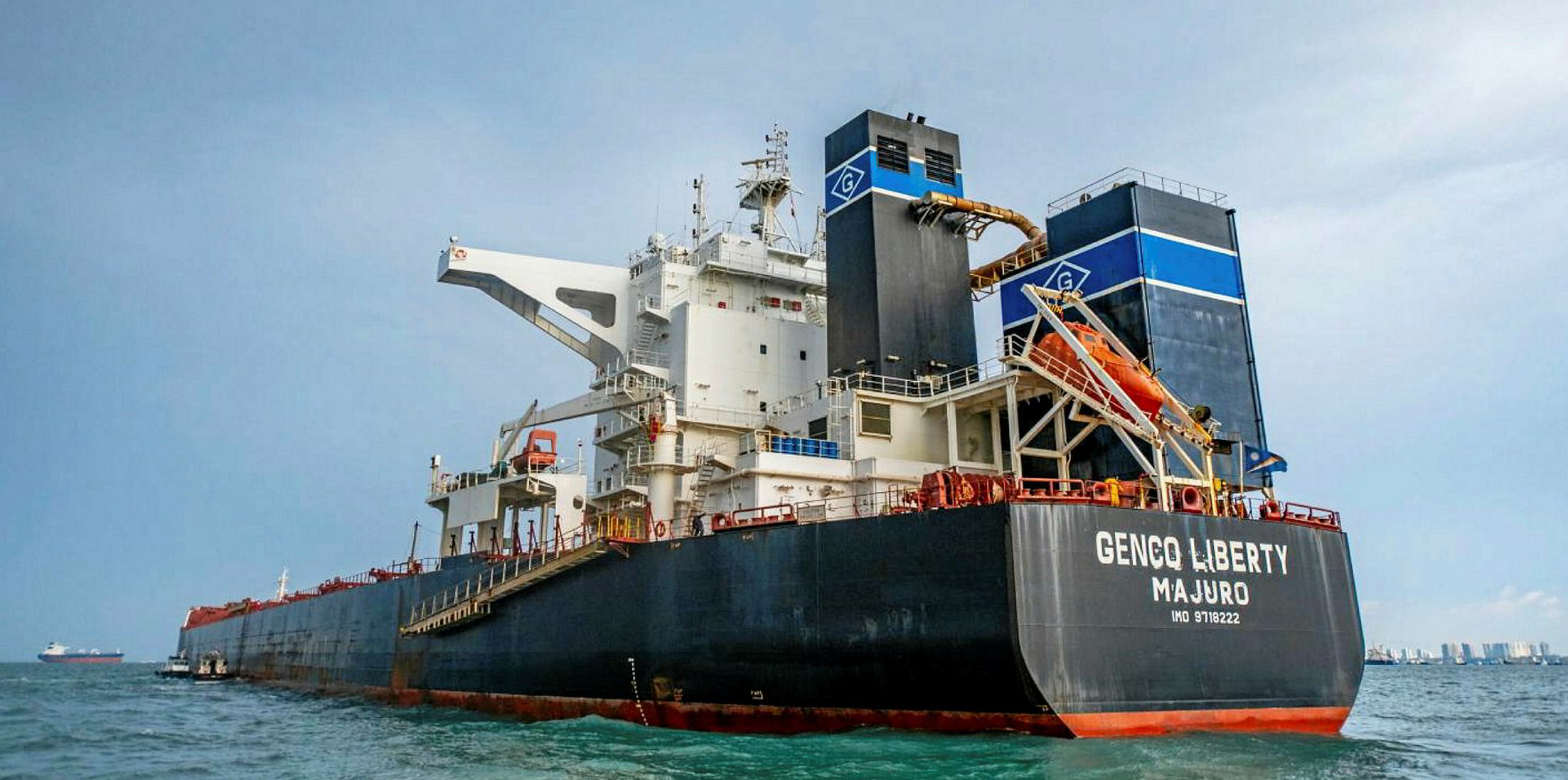Genco Shipping & Trading cut more red ink than expected in the second quarter as revenue came in slightly higher than analyst forecasts.
A lack of vessel impairments allowed the US-listed bulker owner to cut its losses to $18.2m for the April to June 2020 period. That is down from the loss of $34.5m a year ago when the company made vessel impairments of $13.9m.
Fearnley Securities said the adjusted loss per share of $0.44 was slightly better than the average analyst estimate calling for a loss of $0.52 per share.
Revenue came in at $74.2m for the period, down from $83.6m in the same period of last year.
Fearnley Securities said operating revenue of $33m was better than the $31m forecast by analysts.
But the second-quarter improvements were not enough to prevent the first-half result to show a deeper bottom-line loss, which grew to nearly $127m from $28.2m in the same period of 2019.
The average time-charter equivalent (TCE) rate for Genco’s fleet decreased 9.7% during the quarter to $6,693 per day versus the $7,412 per day seen 12 months earlier.
“The decrease in TCE rates was primarily a result of lower rates achieved by our minor bulk vessels partially offset by higher rates for our capesize vessels,” Genco said.
From mid-May through the end of the second quarter of 2020, dry bulk freight rates began to improve, primarily driven by the capesize sector, the shipower said.
Capesize rates reached a year to date low of $1,992 per day on 14 May, and subsequently rebounded to $30,857 on 30 June, a level not seen since the second half of 2019.
Brazil boost
“We believe this significant rise in capesize rates is largely attributable to increased iron ore exports from Brazil which improved by nearly 40% in June versus May to reach a year to date high,” Genco said.
The New York-headquartered company added that this was also helped by the continued strong demand for iron ore in China as steel production and industrial activity ramped up, combined with a gradual reopening of economies globally.
Fearnley Securities analysts said the capesize performance for the start of the third quarter means “things are looking better” for the period.
Genco also said it sold the first of 10 handysize bulkers it identified in February as sales candidates in a fleet rejuvenation.
During July, it sold the 34,409-dwt Baltic Wind (built 2009) for $7.75m and the 34,386-dwt Baltic Breeze (built 2010) for $7.9m.
Due to the Covid-19 outbreak, Genco said its offices in New York and Singapore remain closed with its staff working remotely.
However, the shipowner said it was planning to implement a phased-in approach towards reopening its headquarters in New York. However, a return date has not yet been determined.
Genco’s office in Copenhagen reopened in June following approximately three months during which the staff worked from home.






